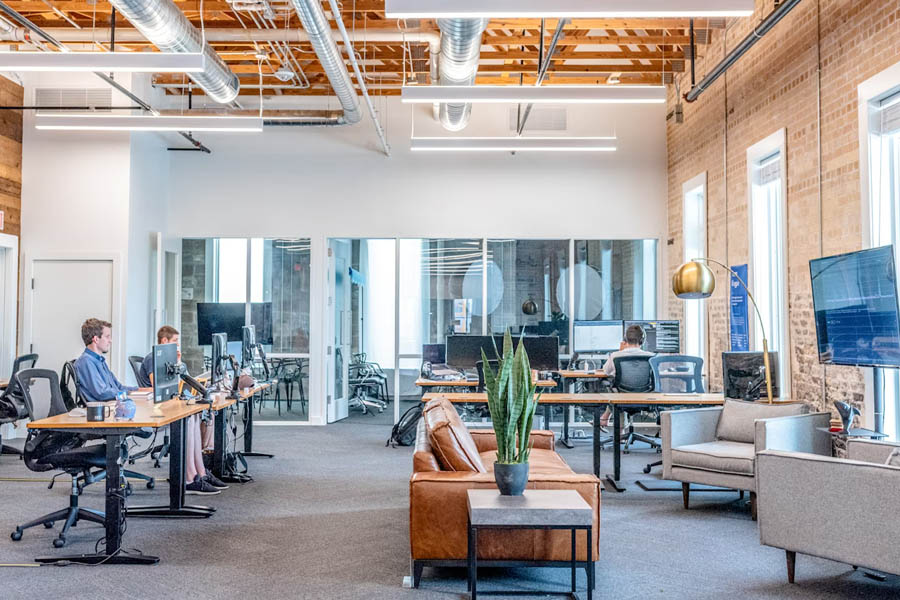
The landscape of America's offices is undergoing a profound transformation, characterized by record-high vacancy rates and a shift in work habits accelerated by the COVID-19 pandemic. Moody's Analytics reports that major U.S. cities are grappling with an unprecedented 19.6% of unleased office space in the fourth quarter, marking the highest vacancy rate since at least 1979. This article delves into the factors contributing to this transformation, tracing its roots back to the overbuilding and shifting work habits of the '80s and '90s.
Overbuilding Legacy
The surge in office vacancies in the '80s and '90s was a consequence of overbuilding fueled by easy lending and speculative projects, particularly in the South. The aftermath of the savings-and-loan crisis in 1990 led to a glut of office buildings, many of which remain vacant to this day. The overbuilt South, including cities like Houston, Dallas, and Austin, is still grappling with high office-vacancy rates, showcasing the enduring impact of past excesses.
Shifting Work Habits
Companies seeking cost-cutting measures began transitioning from spacious private offices to open floor plans and cubicles, reducing the space needed per employee. This trend, initiated in the '80s and '90s, continued to gain momentum, and the COVID-19 pandemic further accelerated the shift as remote work became more prevalent. The result: a continued decline in the demand for traditional office spaces.
Comparisons with the '90s Downturn
While similarities exist between the current downturn and that of the early '90s, crucial differences emerge. The resilience of the U.S. economy and a more substantial share of pandemic emergency support directed at individuals have contributed to a faster recovery from the recent economic challenges. However, analysts anticipate a more prolonged period of office vacancies, driven not solely by economic cycles but by a lasting preference for remote work.
Changing Winners and Losers
Cities like San Francisco, once boasting low office-vacancy rates, now find themselves with some of the emptiest offices due to the tech sector's embrace of remote work. In contrast, locations like Palm Beach and Fort Lauderdale, which faced high vacancy rates in 1991, have experienced a remarkable turnaround, attracting businesses with lower taxes and favorable climates.
The Future Outlook
Despite the U.S. heading for economic growth in the near term, economists remain cautious about the long-term prospects. A soft landing with tamed inflation is currently underway, but uncertainties persist. The consensus among economists is that sustained boosts to productivity, facilitated by artificial intelligence, hybrid work arrangements, and increased immigration, are crucial for long-term economic growth.
Challenges to Globalization
Policymakers must navigate challenges to globalization, as evidenced by shifts in foreign direct investment patterns and the impact of Brexit on trade flows. Maintaining free markets, fostering trade, and encouraging investment are seen as essential drivers of growth. However, the risk of reversing productivity gains for political and national security goals looms, emphasizing the need for careful implementation and thoughtful policymaking.
The changing dynamics of office spaces in the U.S. reflect a multifaceted evolution shaped by historical overbuilding, shifting work habits, and the recent impact of the COVID-19 pandemic. As the corporate landscape adapts to remote work preferences and economic shifts, the future trajectory remains uncertain, calling for strategic measures to sustain economic growth and navigate the challenges posed by globalization.